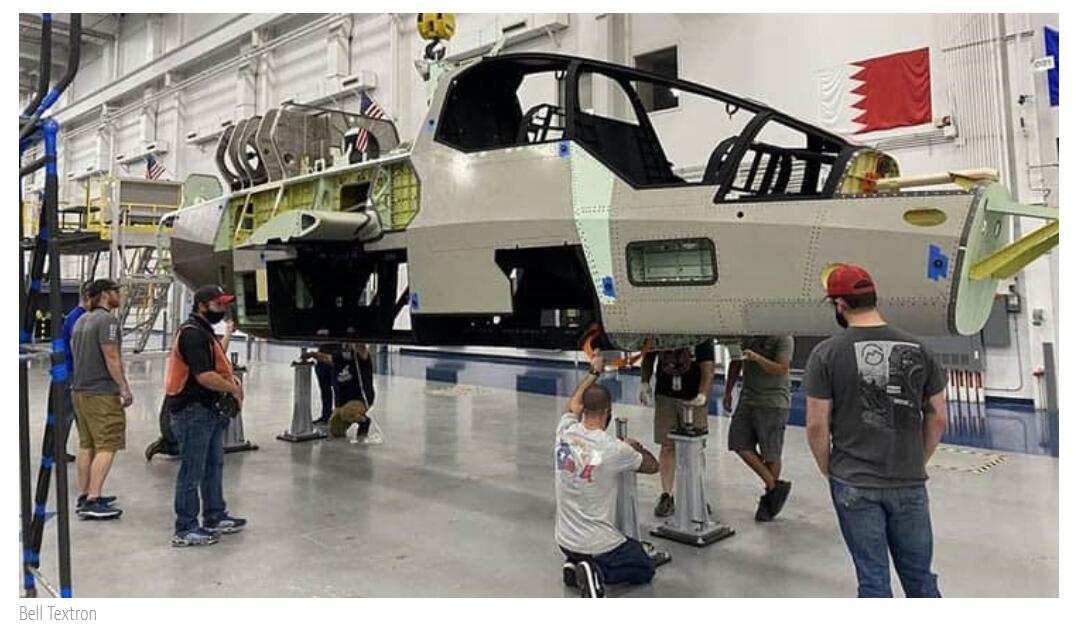Welcome to Sino Bearings web
24x7 HOTLINE:+86-28-81454188

 NEWS
NEWS
Bell Textron Inc., a Textron Inc. company, has released new data on the build and testing for the Bell 360 Invictus competitive prototype.
The Bell 360 program is rapidly progressing through manufacturing, assembly, components testing, and systems integration work for the U.S. Army’s Future Attack Reconnaissance Aircraft (FARA) program. The team has completed multiple design and risk reviews with the Army and is on schedule for all program requirements.
“This team is achieving great results responding to requirements, reducing programmatic risk, and delivering state-of-the-art capabilities for the Army,” said Chris Gehler, vice president and program director for the Bell 360 Invictus. “We are combining Bell’s unique knowledge of the demands placed on scout aircraft with engineering and technical expertise to give the Army a weapon system to dominate attack reconnaissance missions for decades to come.”
Since beginning the build in late 2020, Bell has made significant progress on the Bell 360 Invictus fuselage, main rotor blades, gearbox assembly, cases, and other high-value components. By implementing a design-as-built methodology that digitally connects the entire program throughout its life cycle, Bell has increased its ability to collaborate in real-time with program partners and the Army. This method accelerates decision-making among distributed teams using a common, secure data environment that creates a singular source of data for the program, leading to reduced assembly, rework time, and cost.
Along with assembling the Bell 360 Invictus, high-value components such as the main rotor gearbox, driveshafts and couplings are being tested at Bell’s Drive Systems Test Lab (DSTL). The DSTL performs risk-reduction efforts that ensure the program has accurate and verified data to qualify components in advance of flight test.
A new FARA-specific Systems Integration Lab (SIL) is also operational at Bell. This facility allows Bell to integrate flight-critical components, software, and mission systems for testing, verification, and validation of functionality before they take flight on an actual aircraft. This approach reduces technical risk and aids in the safe, rapid, and efficient execution of flight test program.